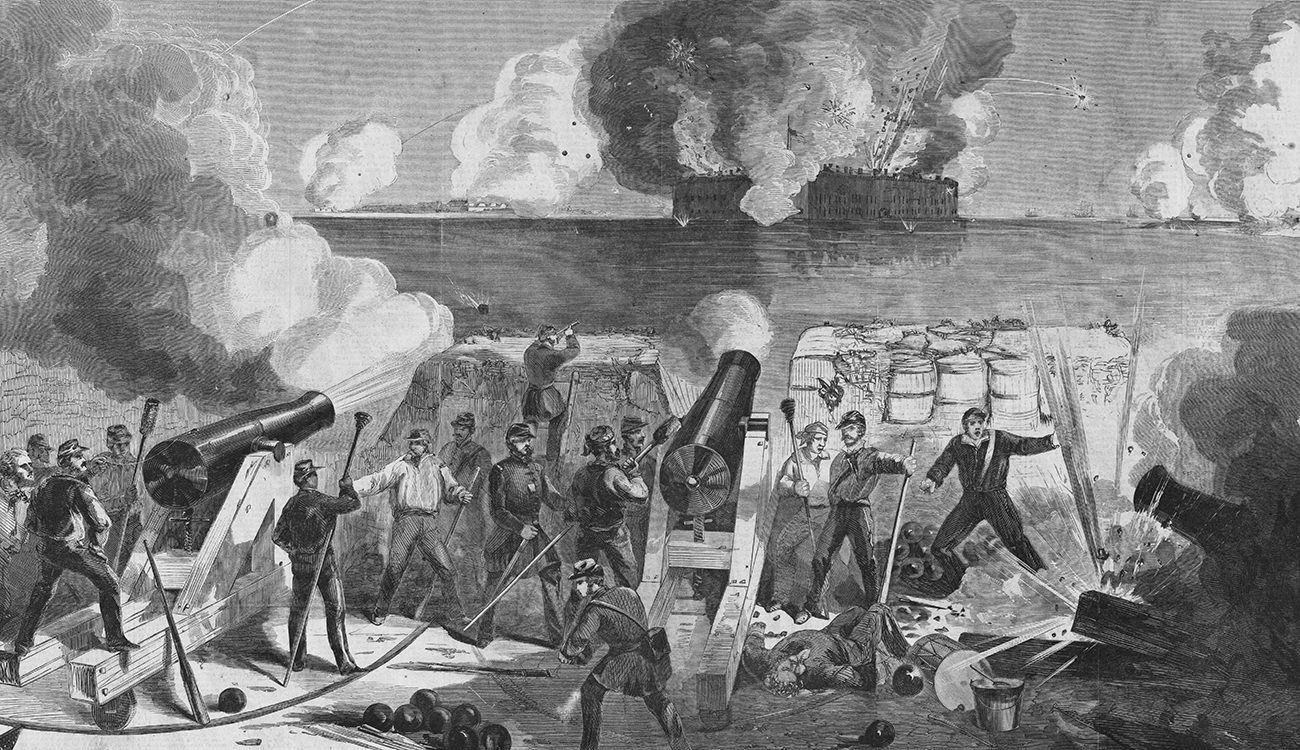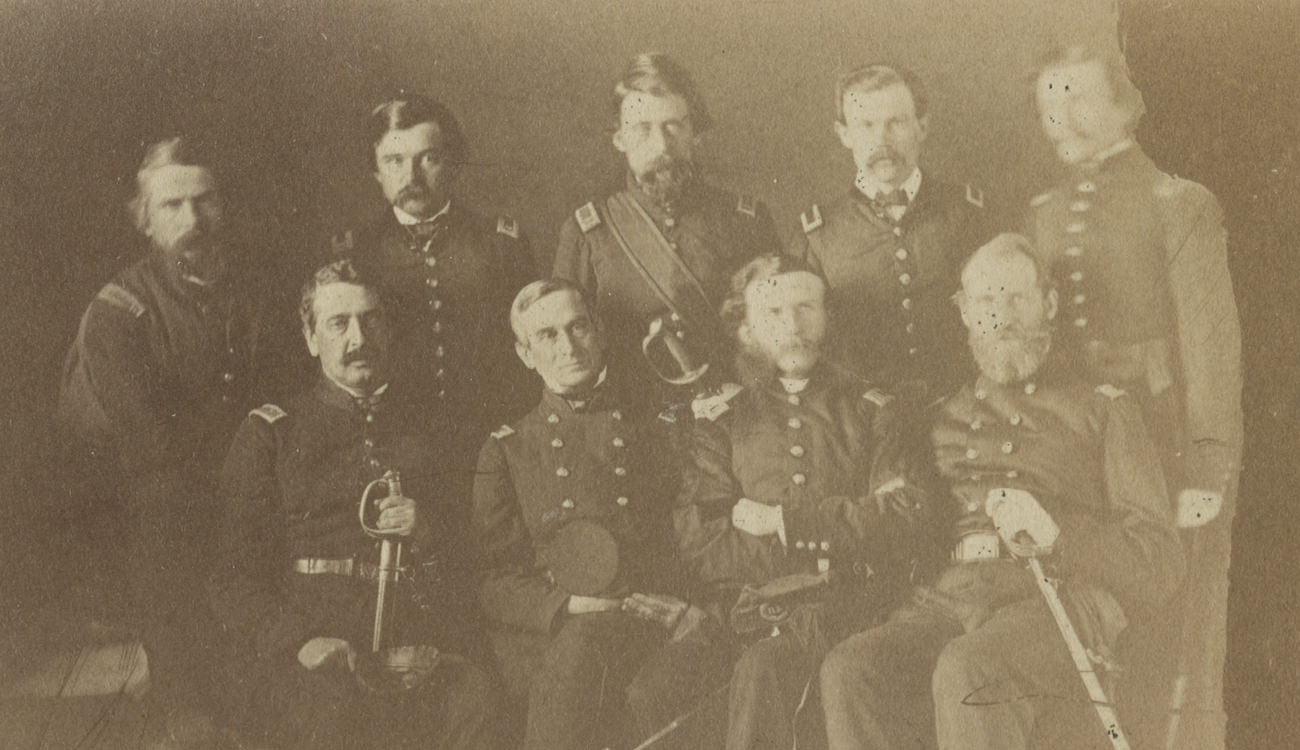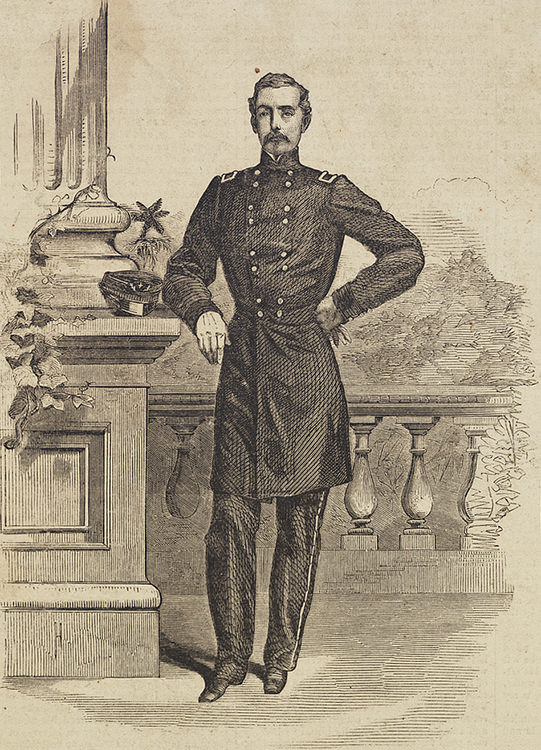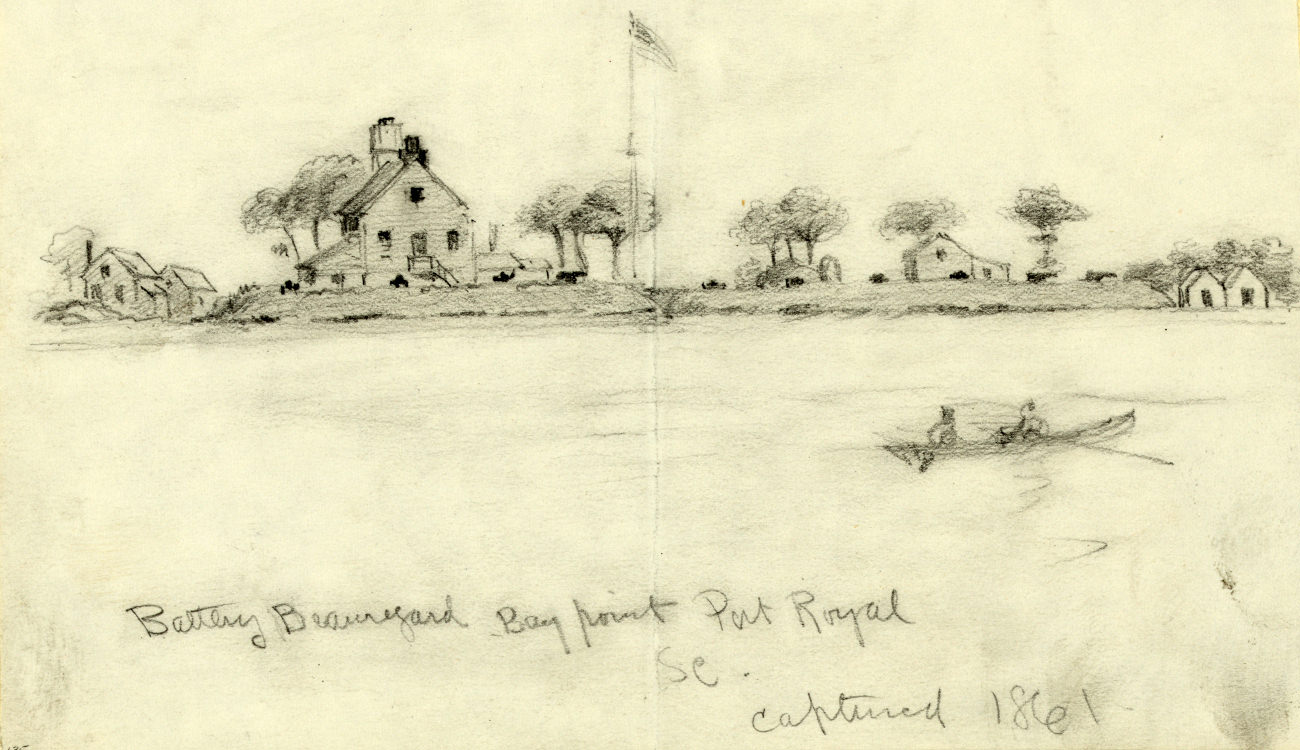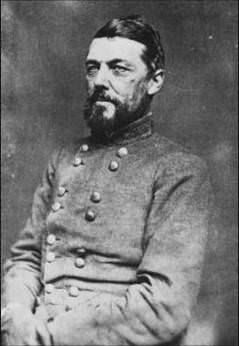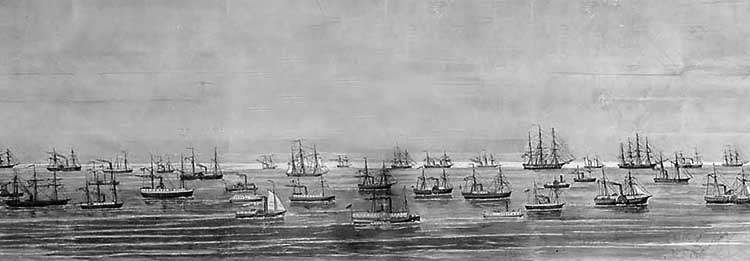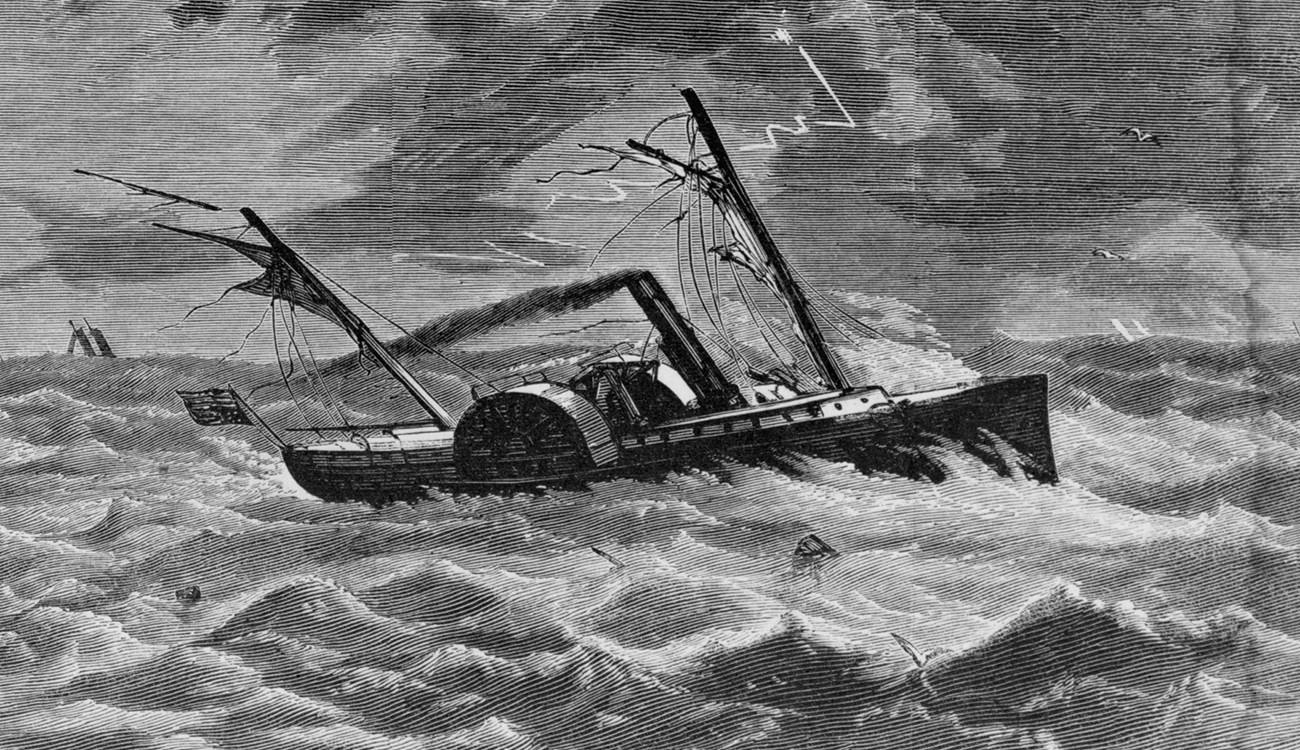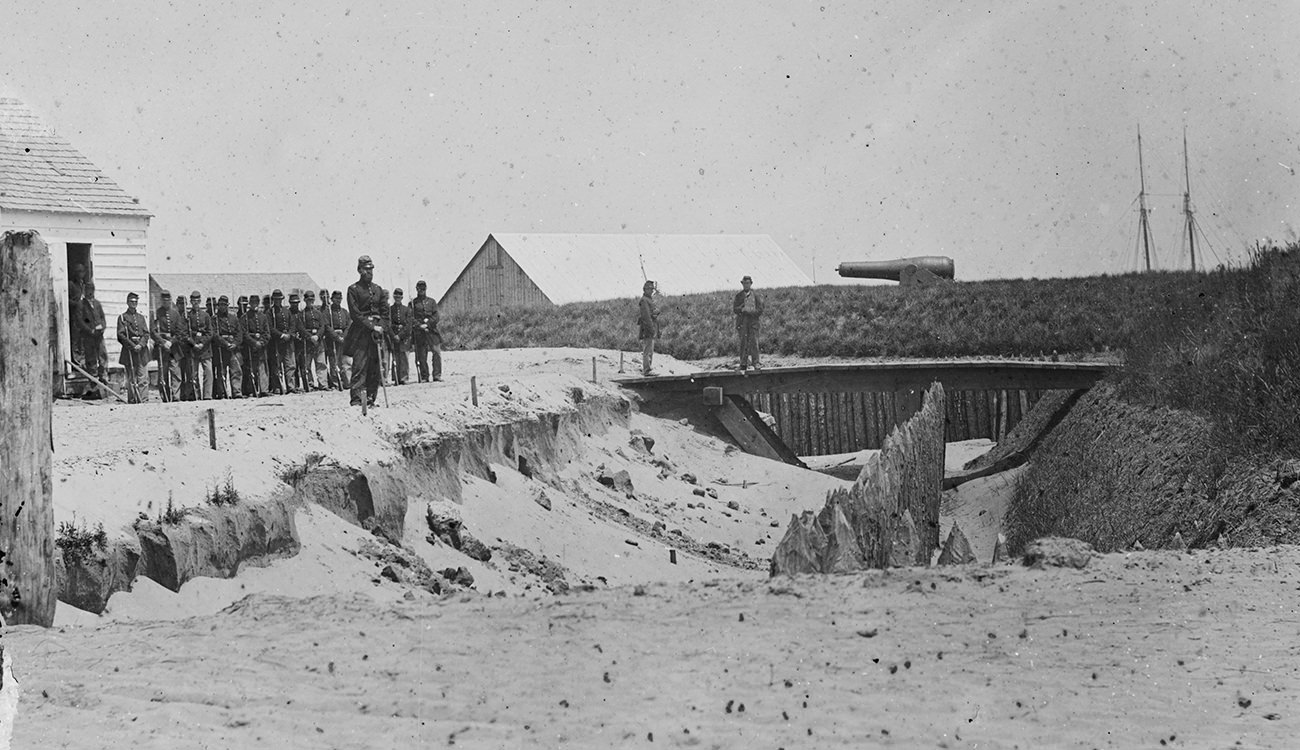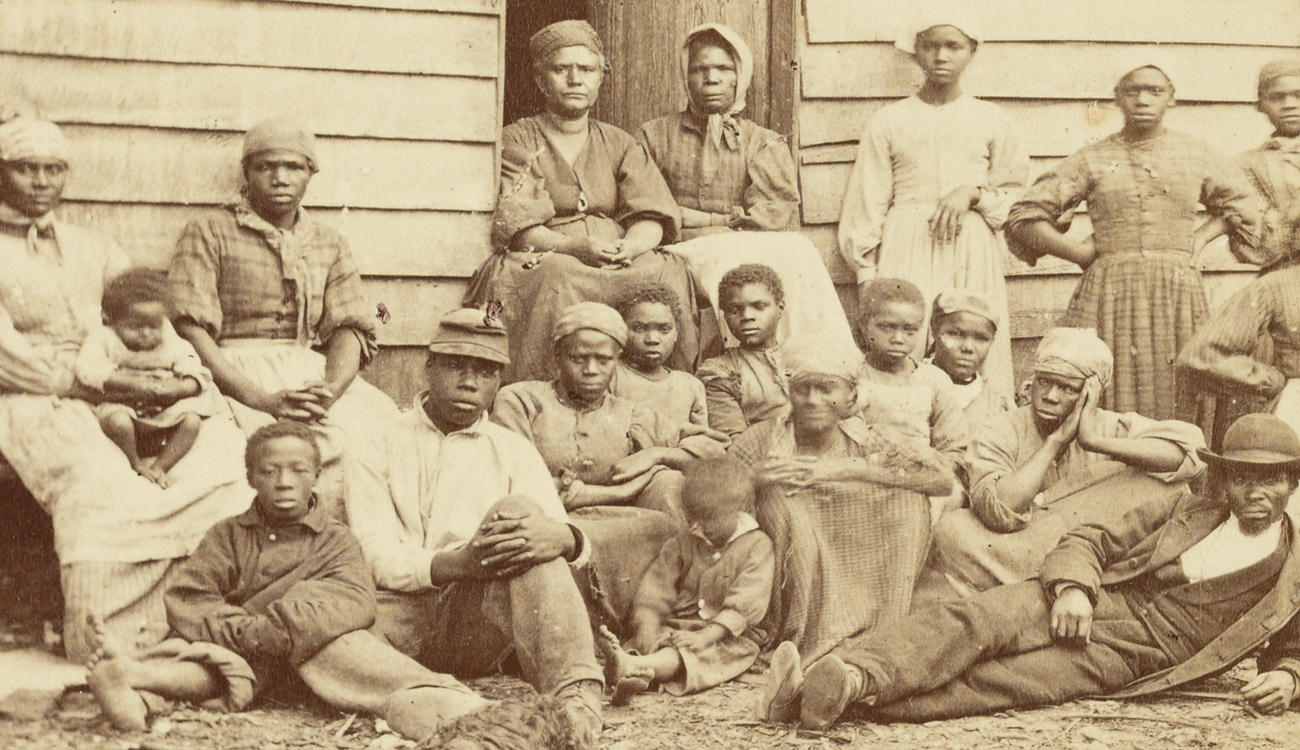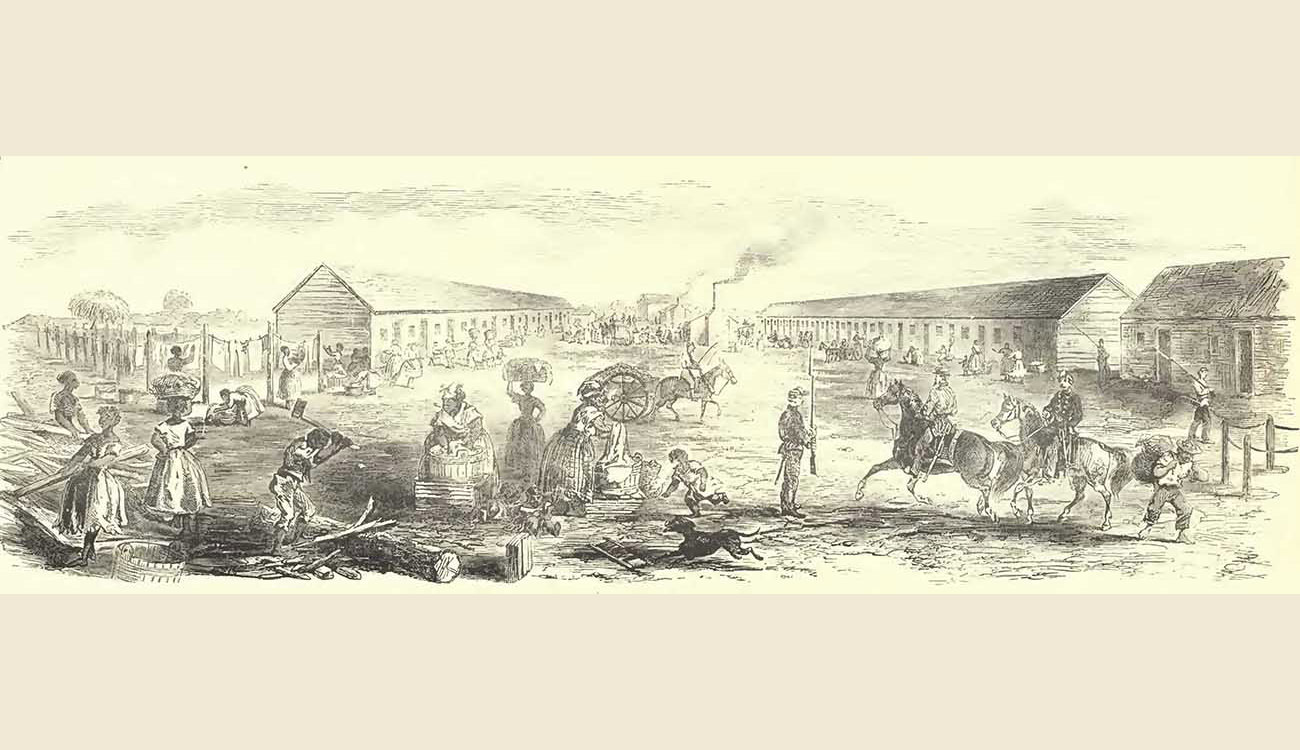The Gunshoot at Bay Point
At the start of the Civil War, President Lincoln and his military commanders planned to blockade Southern ports to stop the flow of supplies from Europe to the Confederate states, and establish a series of bases from which to patrol the 3,500 miles of coastline that lay in Confederate territory.
At the same time, South Carolina Governor Francis Pickens directed General P. G. T. Beauregard, the new commander of South Carolina's provisional forces, to review the coastal defenses of the state. General Beauregard ordered the construction of Fort Walker and Fort Beauregard at the entrance to Port Royal Sound.
The Battle of Port Royal
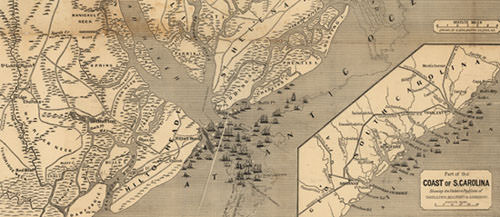
In October 1861, a joint Army and Navy expedition under General Thomas Sherman and Captain Samuel DuPont set sail from Hampton Roads, Virginia. Port Royal Sound, South Carolina was the first target. By November 6, despite bad weather, a formidable flotilla of 25 ships sat at the entrance to Port Royal Sound.
The Confederates occupied newly constructed Fort Walker on Hilton Head Island and Fort Beauregard on Bay Point. Fort Walker was garrisoned by the 11th Regiment of SC Volunteers commanded by Colonel William C. Heyward. Fort Beauregard was commanded by Colonel R. G. M. Dunovant. Four ships under the command of Flag Officer Josiah Tatnall were positioned on Skull Creek.

The battle began on the morning of November 7, 1861. The Confederates were under-manned and out-gunned. The Union armada steamed passed the Confederate forts in an elliptical pattern firing directly into the batteries.
By 2:00 pm Confederate forces were defeated. Hilton Head Island, and later Beaufort and St. Helena Island fell to Union troops. Planters and their families abandoned the Sea Islands. Thousands of enslaved people escaped from bondage.
“Two o'clock had now arrived, when I noticed our men coming out of the fort, which they had bravely defended for 4 1/2 hours against fearful odds, and then only retiring when all but three of the guns on the water-front had been disabled, and only 500 pounds of powder in the magazine."
General Thomas Drayton, November 24, 1861
The Union Army's Department of the South
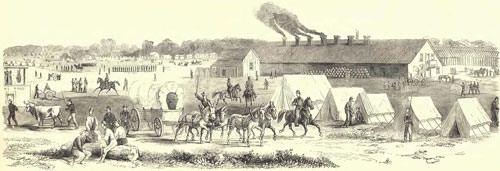
Hilton Head Island became the headquarters for the US Army's Department of the South and the chief operational port for the Navy's South Atlantic Blockading Squadron. The army built an inland line of defenses including Fort Sherman and Fort Welles, and an encampment with tent housing, Officers' quarters, Quartermaster's depot, guard house, commissaries, stables, blacksmith's shop, carpenter shop, bake house, and hospital.
“…The palisades and embankments, beginning at the ocean beach on the east, extended across marshes and the upland to [Fish Haul] creek on the west…The whole work was immense, elaborate, scientific, expensive, and strong."
Frederick Denison, 3rd Rhode Island Heavy Artillery Regiment, 1879
The town of Hilton Head with shops, post office, printing office, theatre, church, photographer's studio, and hotels sprang up adjacent to the post. The 3rd New Hampshire Volunteers camped on Thomas Drayton's Fish Haul Plantation. A detail from the regiment was directed to build a saw mill. Lumber from the mill was used to build storehouses, docks, and barracks for the African American refugees arriving daily at the Union lines.

